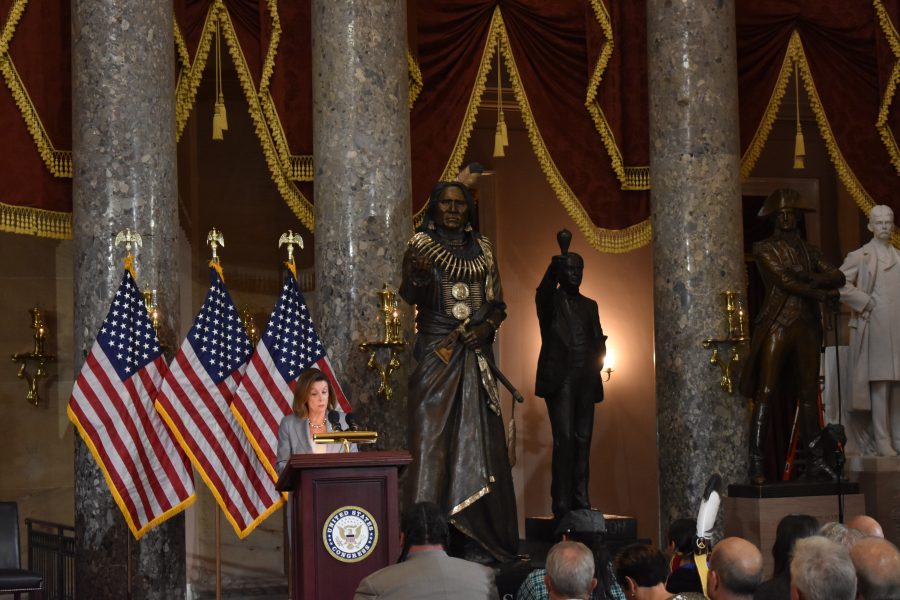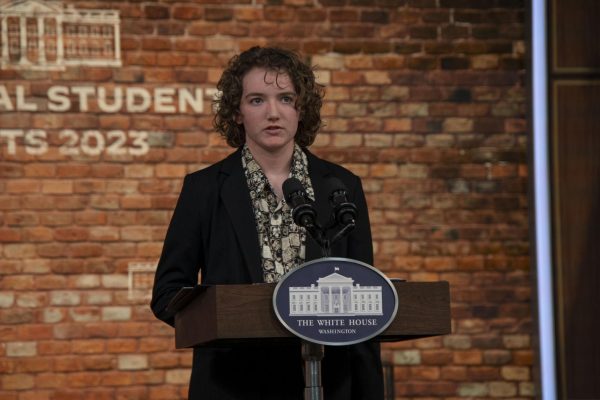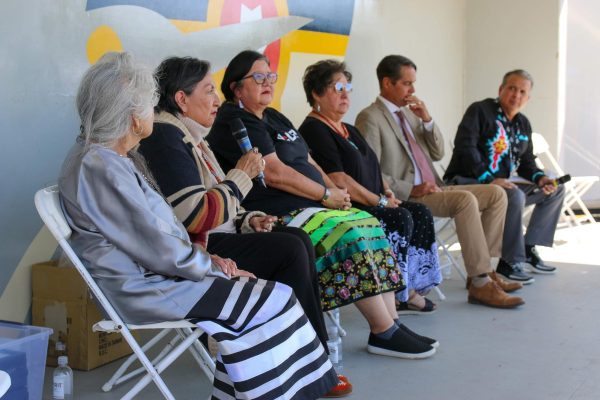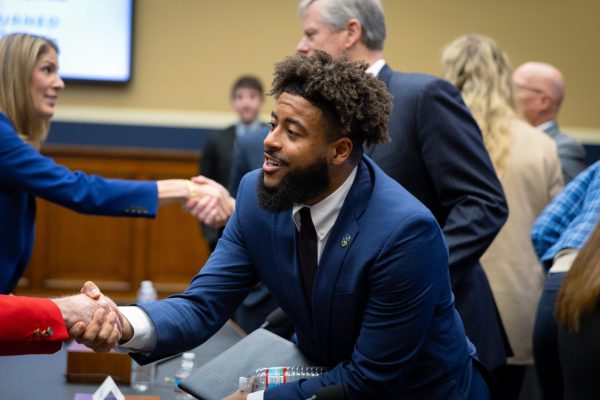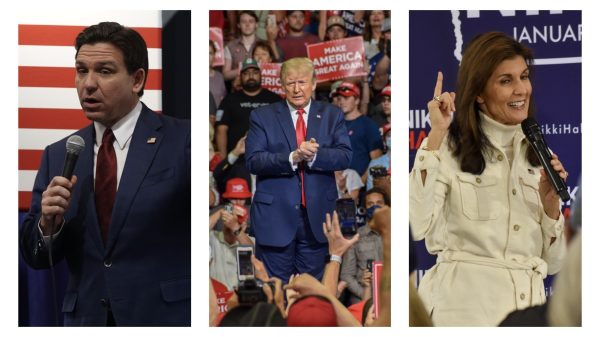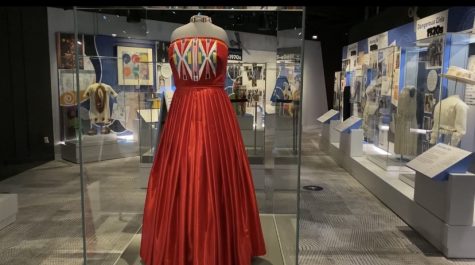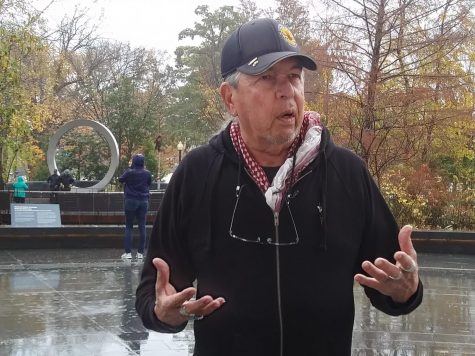Ponca Chief’s statue joins greats in Statuary Hall
WASHINGTON — A new statue of a legendary chief of Ponca City’s Ponca Tribe joined the silent sentinels in Statuary Hall of the U.S. Capitol.
The statue, submitted by the State of Nebraska from which Chief Standing Bear hailed and in which he is buried, is 12 statues down from the statue of Sequoyah, the creator of the Cherokee syllabary, which made reading and writing possible.
Chief Standing Bear replaces a statue of Williams Jennings Bryan, a former Omaha World-Herald editor and Secretary of State under Woodrow Wilson.
Each of Oklahoma’s two statues at the U.S. Capitol have indigenous roots, but Oklahoma Congressman Tom Cole said that it is so important for Native Americans everywhere to have that representation.
“It is almost unthinkable to us today, that it wasn’t until 1879 after Standing Bear’s trial that Native Americans were declared to be persons for consideration of the law,” said Nebraska Congressman Jeff Fortenberry (R).

“Chief Standing Bear didn’t seek to be a civil rights leader,” said Fortenberry. “He simply wanted to bury his dead on their ancestral homeland.”
One-third of his tribe died along the way from their ancestral homelands to what became Ponca City.. Among them was the Native American leader’s 16-year-old son.
His son Shielding Bear’s last wish was to be buried along the Niobrara River in Nebraska. Standing Bear returned to the state to bury his son and was arrested, according to the National Park Service.
His case was brought to Federal court where he made a famous speech Speaker of the House Nancy Pelosi cited.
According to the National Library of Medicine, Chief Standing Bear held out his hand to the judge and said, “This hand is not the color of yours, but if I pierce it, I shall feel pain. If you pierce your hand, you also feel pain. The blood that will flow from mine will be of the same color as yours. I am a man. The same God made us both.”

Pelosi and other leaders said this speech was one of the key turning points that gave Native Americans more rights and he became of the nation’s first civil rights leaders.
“Everyone (who) comes through here will see that statue, hear that story and be inspired. From every part of the world, people will give witness to him. From all over America, people will see that for generations to come,” said Pelosi.
The statue of Chief Standing Bear will make the 68th piece of art out of nearly 8,000 at the Capitol depicting Native American people, according to Architect of the Capitol. Only six of those depictions are statues.
Not only is Standing Bear’s presence important in D.C., but Oklahoma Congressman Tom Cole says his influence is more significant due to Standing Bear’s placement.
“The dominating force of the Statue, it is beautiful, and tells a very powerful story most Americans don’t know very much about,” said Cole. “Most Americans and even Oklahomans don’t know that most Indians didn’t have the right to vote until 1924. And the last Indians to get the right to vote were actually in New Mexico in 1962. So it’s been a long struggle for Native Americans.”
Cole said the statue is the largest and the most impressive in the room.
One of the attorneys who organized Standing Bear’s statue dedication Katie Brossy brought her 6-year-old son with her to see the dedication.
“The first thought that came to me that my children will be able to see one of our Ponca leaders here in the United States Capitol and I just can’t tell you how much that means to me,” said Brossy.
She said Native Americans are often thought of as an “invisible race,” but she hopes that the statue will help people think twice and remember that Native Americans are still here.
A movement starting in the late 1990s encouraged states to review their status in hopes of getting more diverse representation in the statues at the Capitol. Each state is allowed to have two statues placed in the Capitol. One of the first signs of change showed in Rosa Parks’ statue in 2013, although the plans for the installation began before 2006, according to the U.S. Government Printing office.

is a graduate student in the Gaylord College at the University of Oklahoma after obtaining her undergraduate degree from the same institution. She is part of the Facebook Journalism Project and part of the POLITICO Journalism Institute of 2020. She was previously a multimedia journalist with KSWO in Lawton, Oklahoma, and interned with the Enid News & Eagle. She is from Magnolia, Arkansas.

